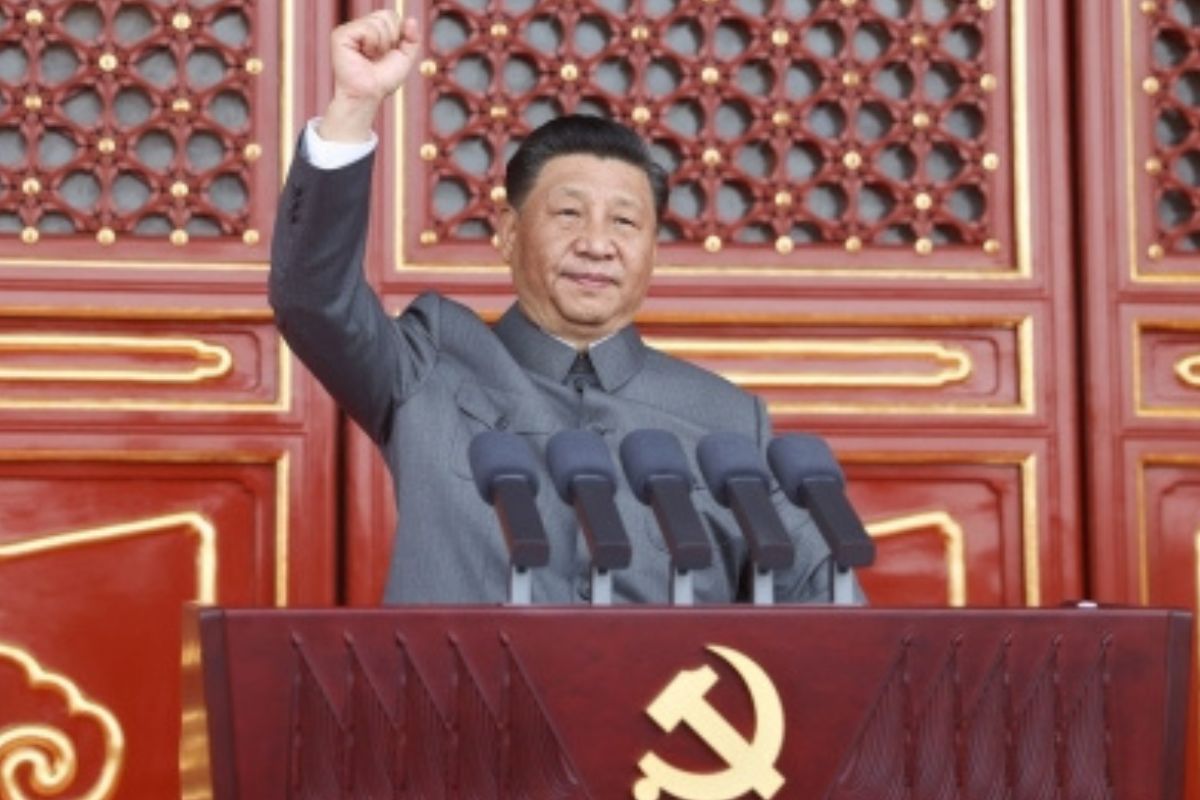Prince Harry declares US home, renounces British residency
Prince Harry officially makes the United States his primary residence, renouncing ties to the UK royal family in a significant move.
Even as the visit of the Prime Minister to the United States of America is underway, and as experts conclude it marks a defining movement in relations between the two countries in that it may well signal the end of India’s policy of non-alignment

Xi Jinping president of China (Photo: IANS)
Even as the visit of the Prime Minister to the United States of America is underway, and as experts conclude it marks a defining movement in relations between the two countries in that it may well signal the end of India’s policy of non-alignment, it is important for other great powers, especially China, to take stock of the situation and ponder over how India reached where it has. When Mr. Narendra Modi took over in 2014, China was the prime focus of his foreign policy vision; Beijing after all was the superpower in India’s backyard.
Between 2014 and 2020, he met the Chinese President at least 18 times, and visited China on five occasions; President Xi Jinping came to India thrice. At each of these meetings, the Indian effort was to ensure peace and tranquility on its borders with China and to find solutions to problems that had dogged ties for decades. While India maintained warm ties with the Western bloc, including with America, the first six years of Mr. Modi’s stewardship accorded primacy to ties with Beijing, despite Chinese pin-pricks over Arunachal Pradesh, the brushing aside of Indian concerns about Pakistan and terrorism, and even domestic criticism the Prime Minister faced that he was trusting the Chinese far too much. The futility of Indian efforts over six years became clear in June 2020 when the Peoples’ Liberation Army attacked Indian soldiers in Ladakh.
Ties between the two countries have deteriorated since, and India has found itself forced to seek security arrangements that encompass the threat from Beijing. In short, if India has moved away from a position of relative neutrality to one where its ties with Washington will dominate its foreign policy discourse, the person most responsible must be President Xi. Indeed, history may well record the events at Galwan and the military stand-offs that followed as defining moments for Asia, and possibly as among Mr. Xi’s greatest blunders. In the three years since Galwan, India has shed its somewhat fitful initial participation in the Quadrilateral Security Dialogue with the United States, Australia and Japan and emerged as a robust participant in the defence of the Pacific.
Advertisement
This region quite frankly was not on its strategic agenda even a few years ago; the Indian Ocean was its theatre of concern and planners seldom looked beyond the Straits of Malacca. It has aggressively pursued self-reliance in areas where it was once dependent on China. And as Russia has joined hands with China to create a power bloc, India has started scaling back on its military acquisitions from Moscow and opened its order book to American and European suppliers.
The Prime Minister’s current visit to America is expected to enhance both the scale and the pace of such acquisitions. But it will do more, for with the Americans attaching greater importance to this visit than they have to past travels by Indian leaders, and with New Delhi showing signs of reveling at the attention, it seems clear that a major, perhaps tectonic, change in ties is on the anvil. If such an enhancement adds to the strategic concerns of China and Russia, both countries should know who is most to blame.
Advertisement